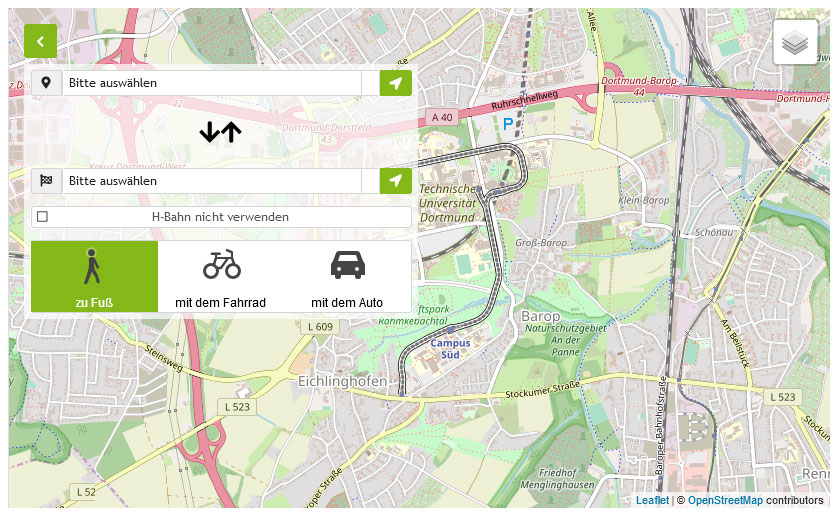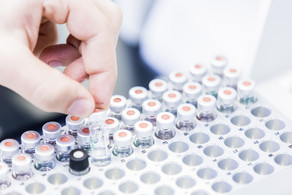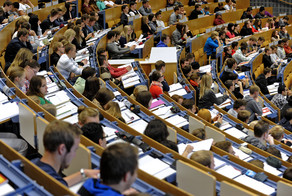Major life events and the significance of the Corona pandemic

Incisive events or experiences over which we have no influence can push us to the limits of our mental and physical powers. In research, such events are described as Major Life Events. The Corona Pandemic has the potential to become such a Major Life Event for many people.
Incisive events or experiences over which we have no influence can push us to the limits of our mental and physical powers. In research, such events are described as Major Life Events.
The Corona Pandemic has the potential to become such a Major Life Event for many people. This is especially true for all those who are massively affected by this event in their everyday lives. The personal impact can be very different - be it professionally by working considerable overtime, for example in medical professions, or by existential worries in professions like retail or gastronomy. Private effects arise in particular through the additional or more difficult care of children and relatives and through the long lasting social isolation.
Dealing with such a situation depends not only on personal resources such as our self-efficacy and resilience and our optimism, but also on external factors. Research has shown that people draw energy from social support in their private lives, through family and friends, or in professional life, through managers and colleagues. However, if these external resources are limited in the current situation, the effects of a major life event can be particularly forceful. Research on people who have experienced a Major Life Event has shown that it helped them to live in the present moment, i.e. not to think too much about the future and the past. In this way, they were able to avoid that brooding about the event blocked them from using their personal resources. Those affected by a Major Life Event also reported a change in values.
The effects of the corona pandemic cannot yet be estimated, but tendencies towards a change in social values are already apparent. The Chair of Human Resource Development and Change Management, which conducts research on major life events and their effects on private and professional life, is therefore taking the current situation as an opportunity to examine the effects of the corona pandemic on both dimensions.






